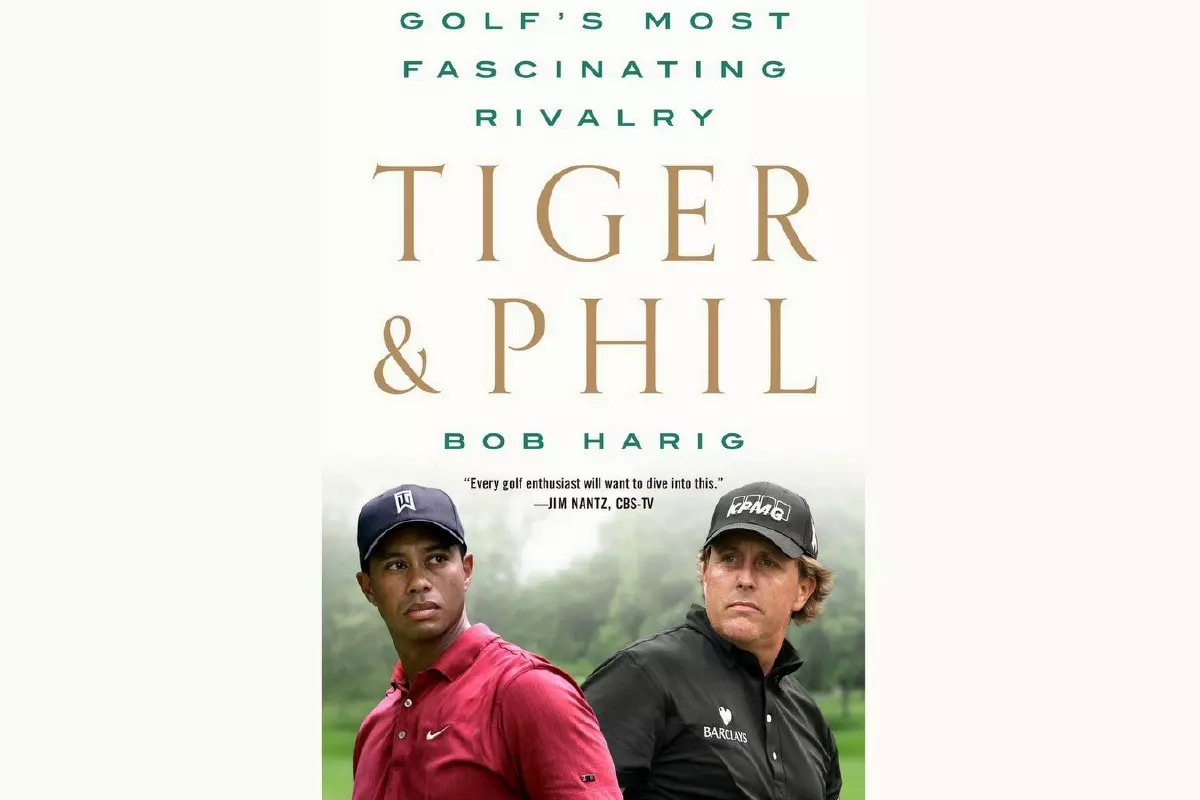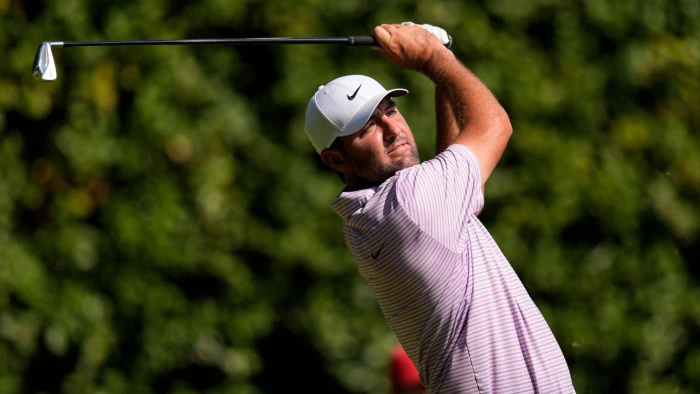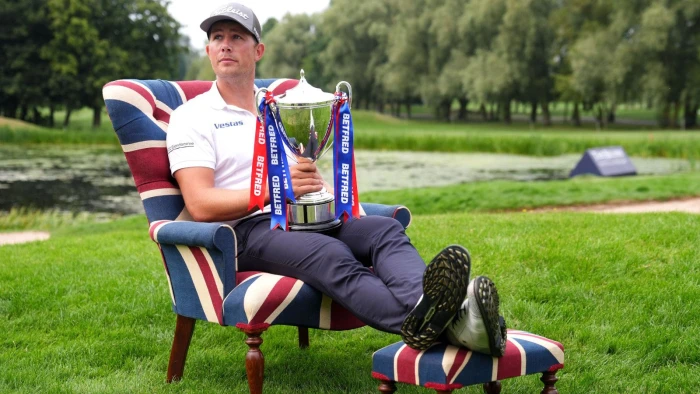Tiger & Phil: Golf’s most fascinating rivalry – review of Bob Harig’s new book

Tiger Woods and Phil Mickelson
The ESPN writer traces the careers of the two great American golfers of the last three decades.
At first glance, the notion that Tiger Woods and Phil Mickelson have spent the last 30 years entangled in a great rivalry feels a little askew.
Surely the finest sporting ding-dongs require a regular exchange of the triumph on offer to stoke the fire? Think Coe and Ovett on the track, McEnroe and Borg on the tennis court.
Phil Mickelson today on 2004 Ryder Cup captain Hal Sutton: Pairing with Tiger Woods at Oakland Hills put them "in position to fail." pic.twitter.com/I1flSL4sLh
— Brad Galli (@BradGalli) September 28, 2016
I wrote a book about the Tiger-Phil rivalry. Interestingly, it is called: “TIGER & PHIL: Golf’s Most Fascinating Rivalry.” Their squabbles. Their duels. Their softening toward each other. Their excellence. Their disappointments. https://t.co/JDXsBQdCM5
— Bob Harig (@BobHarig) December 1, 2021
There’s a wave of Mickelson-72nd hole rehashes heading our way. But the bigger blunder was at Winged Foot’s 5th. Phil takes bogey on the easiest hole of the week by trying to hit a wood from buried lie just 141 yards (?!?!) from green. pic.twitter.com/V32ErB1eIh
— Joel Beall (@JoelMBeall) September 9, 2020
A Twitter user recently cast doubt on the notion that Woods triumphed that week "on a broken leg". Harig politely countered and was given short shrift by the user who really ought to just read Chapter 13 of this book. It entirely refutes such a simplification.
History cemented.
— PGA TOUR (@PGATOUR) June 16, 2021
There’s a new plaque at Torrey Pines to celebrate Tiger Woods’ iconic putt on the 18th green at the 2008 U.S. Open.
(?: @USGA) pic.twitter.com/MdBTeZArfu
Of course, Harig would not be human if he has not been grinding his teeth at what has transpired since he submitted the final manuscript. Mickelson's Saudi storm and Woods' unexpected return to action in the Masters have added to the legend of both players, and also impact on the legacy of their rivalry.

